About SEPHIENCE
What is SEPHIENCE?
SEPHIENCE is a prescription medicine used along with a phenylalanine (Phe)-restricted diet to lower blood levels of Phe in adults and children 1 month of age and older with phenylketonuria (PKU). It contains sepiapterin, which your body converts into tetrahydrobiopterin (BH4)—a key molecule that supports the enzyme that breaks down Phe and reduces its buildup.
Here are some of the benefits that may be possible with SEPHIENCE

Flexible once-daily dosing

Proven safety
profile

Shown to reduce Phe levels across all ages, from children to adults

Support and resources available at every step

How it Works
In people with PKU, the body can’t break down Phe the way it should, causing it to build up in the blood and brain. Over time, high Phe levels can affect how you think, feel, and function. SEPHIENCE is thought to work by providing sepiapterin—a compound your body converts into BH4, a natural helper that supports the phenylalanine hydroxylase (PAH) enzyme in breaking down Phe.
Taken as an oral powder
Converts to natural BH4, which aids Phe breakdown
Reduces Phe levels to
help manage PKU
SEPHIENCE doesn’t just add BH4—it helps your body make its own, supporting your natural process.

Primary Results
SEPHIENCE was studied in APHENITY, a two-part clinical trial of people aged 1-61 years old living with PKU. During Part 1 of the trial, 156 participants received their age- and weight-specific dosage. In Part 2 of the trial, a total of 98 people with PKU, aged 2 years and older, who responded to SEPHIENCE in Part 1 were randomly assigned to receive either SEPHIENCE or a placebo for 6 weeks.
After 6 weeks, people treated with SEPHIENCE had a greater reduction in blood Phe levels than those on placebo
SEPHIENCE began lowering blood Phe levels for many participants in the clinical trial after just 2 weeks.
66%
had ≥30% reduction in Phe levels
73% had ≥15% reduction in Phe levels
Individual results may vary.

SEPHIENCE led to a significant reduction in blood Phe levels compared to placebo after 6 weeks.
63%
reduction in Phe levels in the study population

Additional Information on How SEPHIENCE Works
The information below shares extra insights from the SEPHIENCE clinical study. These results were not part of the original study plan and are not included in the official Prescribing Information approved by the FDA. PTC Therapeutics provides these results to help you better understand the treatment. Talk to your doctor if you have any questions, and always refer to the full Prescribing Information for details about using SEPHIENCE.
Additional Results: Across Different Types of PKU
As part of the APHENITY study, SEPHIENCE was studied in people with different types of PKU, including those with classical PKU—defined by blood Phe levels ≥1200 μmol/L at birth or historically, even if current levels are lower—and those who didn’t respond to BH4 treatment in the past. In both groups, SEPHIENCE significantly lowered blood Phe levels, demonstrating effectiveness across a wide range of people with PKU.
For people with
classical PKU
Blood Phe was reduced by
69%
on SEPHIENCE
For people not helped by
BH4 treatment in the past
Blood Phe was reduced by
54%
on SEPHIENCE
Additional study details
From the APHENITY Phase 3 Clinical Trial
Objective: To evaluate the effectiveness and safety of SEPHIENCE in lowering blood Phe levels in a broad population of people with PKU, including children, adults, those with classic PKU, BH4 non-responders, and individuals taking sapropterin at the start of the study.
Method: APHENITY was a Phase 3, randomized, double-blind, placebo-controlled study conducted at 34 sites across 13 countries. The study enrolled 157 participants aged 2 years or older with elevated blood Phe; 156 were assessed for responsiveness, as one participant withdrew. In Part 1, all participants received SEPHIENCE for 14 days to assess their response. Those who showed at least a 15% reduction in blood Phe levels moved on to Part 2, where they were randomized to receive either SEPHIENCE or placebo for 6 weeks. The SEPHIENCE group received a once-daily oral powder in escalating doses (20, 40, and 60 mg/kg/day). Phe levels were monitored regularly throughout the study.
Results: SEPHIENCE demonstrated a 63% average reduction in blood Phe over 6 weeks, compared with just 1% for placebo. Many participants saw improvement within the first week. By Week 6, 84% of people taking SEPHIENCE reached the U.S. treatment target of ≤360 μmol/L. Additionally, 22% of participants achieved Phe levels within the healthy range (35–120 μmol/L), while none in the placebo group did. Results were consistent across age groups, types of PKU, and prior treatment histories. SEPHIENCE was generally well tolerated. The most common side effects were mild gastrointestinal symptoms (such as diarrhea), and headache. No serious or severe adverse events were reported, and no participants discontinued treatment due to side effects.
PLEASE NOTE: This study is not in the approved Prescribing Information for SEPHIENCE, but it is consistent with the information included. Please talk to your doctor if you have any questions.

Additional Results: Guideline Levels Reached
84%
achieved expert-recommended Phe levels
In the APHENITY study, 84% of participants who took SEPHIENCE achieved expert-recommended Phe levels vs 9% who took placebo
Additional study details
From the APHENITY Phase 3 Clinical Trial
Objective: To evaluate the effectiveness and safety of SEPHIENCE in lowering blood Phe levels in a broad population of people with PKU, including children, adults, those with classic PKU, BH4 non-responders, and individuals taking sapropterin at the start of the study.
Method: APHENITY was a Phase 3, randomized, double-blind, placebo-controlled study conducted at 34 sites across 13 countries. The study enrolled 157 participants aged 2 years or older with elevated blood Phe; 156 were assessed for responsiveness, as one participant withdrew. In Part 1, all participants received SEPHIENCE for 14 days to assess their response. Those who showed at least a 15% reduction in blood Phe levels moved on to Part 2, where they were randomized to receive either SEPHIENCE or placebo for 6 weeks. The SEPHIENCE group received a once-daily oral powder in escalating doses (20, 40, and 60 mg/kg/day). Phe levels were monitored regularly throughout the study.
Results: SEPHIENCE demonstrated a 63% average reduction in blood Phe over 6 weeks, compared with just 1% for placebo. Many participants saw improvement within the first week. By Week 6, 84% of people taking SEPHIENCE reached the U.S. treatment target of ≤360 μmol/L. Additionally, 22% of participants achieved Phe levels within the healthy range (35–120 μmol/L), while none in the placebo group did. Results were consistent across age groups, types of PKU, and prior treatment histories. SEPHIENCE was generally well tolerated. The most common side effects were mild gastrointestinal symptoms (such as diarrhea), and headache. No serious or severe adverse events were reported, and no participants discontinued treatment due to side effects.
PLEASE NOTE: This study is not in the approved Prescribing Information for SEPHIENCE, but it is consistent with the information included. Please talk to your doctor if you have any questions.
Common Side Effects
SEPHIENCE has been shown to provide effective management of Phe levels in clinical trials of people with PKU spanning a range of age groups. SEPHIENCE may cause serious side effects, including an increased risk of bleeding or bruising. One person in the APHENITY trial experienced non-life-threatening bruising and prolonged bleeding, which resolved after treatment was discontinued. Contact your doctor if you notice any unusual bleeding. In children with PKU, it can sometimes cause very low levels of Phe in the blood, so regular monitoring is important. And for those taking Levodopa, your doctor should monitor for any side effects such as seizures, irritability, or feeling overly stimulated.
Side effects with SEPHIENCE may affect each person differently. Information on the long-term use of SEPHIENCE is limited.
Most Common Side Effects:
Diarrhea (7%)
Stomach pain (5%)
Unusual-colored
feces (4%)
Headache (7%)
Throat pain (4%)
Low levels of Phe in the blood—below the healthy range of 30–120 µmol/L—also called HypoPhe (4%)
Diarrhea (7%)
Headache (7%)
Stomach pain (5%)
Throat pain (4%)
Unusual-colored
feces (4%)
Low levels of Phe in the blood—below the healthy range of 30–120 µmol/L—also called HypoPhe (4%)
These are not all the possible side effects of SEPHIENCE. If you experience any side effects, tell your doctor.
Talk to your doctor about your treatment and concerns–
they’re your best guide to managing PKU.

